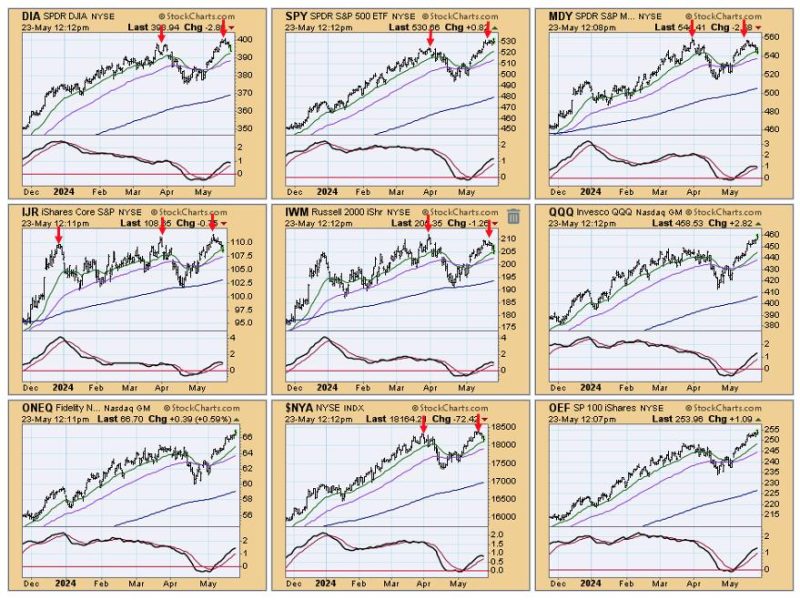As the stock market continues its upward trend, many investors are starting to wonder whether the current bullish sentiment is sustainable in the long run. There are signs indicating that the market might be getting toppy, meaning that a peak could be approaching. Understanding these signals and being prepared can help investors navigate uncertain times in the market.
One key indicator suggesting that the market might be topping out is the high level of valuation in many stocks. Price-to-earnings ratios have been climbing, and some stocks are trading at historically high multiples compared to their earnings. This can indicate an overheated market where investors are willing to pay a premium for stocks, possibly leading to a correction.
Another sign of a toppy market is the prevalence of speculative behavior among investors. When investors start chasing risky assets or trading based on market momentum rather than fundamentals, it can create a bubble that is unsustainable in the long term. The recent surge in meme stocks and cryptocurrencies is a prime example of speculative excess in the market.
Market sentiment is also a crucial factor to consider when determining whether the market is toppy. When investors become overly optimistic and complacent, it can be a contrarian signal that a correction is on the horizon. Monitoring sentiment indicators such as the CBOE Volatility Index (VIX) can help investors gauge market sentiment and identify potential turning points in the market.
Additionally, the Federal Reserve’s monetary policy decisions can have a significant impact on the direction of the market. A shift towards tightening monetary policy, such as raising interest rates, can dampen investor enthusiasm and put pressure on stock prices. Investors should pay close attention to the Fed’s statements and actions to assess the potential impact on the market.
One strategy that investors can use to navigate a toppy market is to diversify their portfolios and focus on high-quality, defensive stocks. By spreading out investments across different sectors and asset classes, investors can reduce their exposure to potential downturns in specific areas of the market. Defensive stocks, such as utilities and consumer staples, tend to perform better in turbulent market conditions due to their stable earnings and dividends.
It is essential for investors to stay vigilant and be prepared for potential market volatility in a toppy environment. Keeping a long-term perspective, conducting thorough research, and staying disciplined in investment decisions can help investors weather market fluctuations and achieve their financial goals in the long run. By recognizing the signs of a toppy market and taking proactive measures to mitigate risks, investors can position themselves for success in all market conditions.

